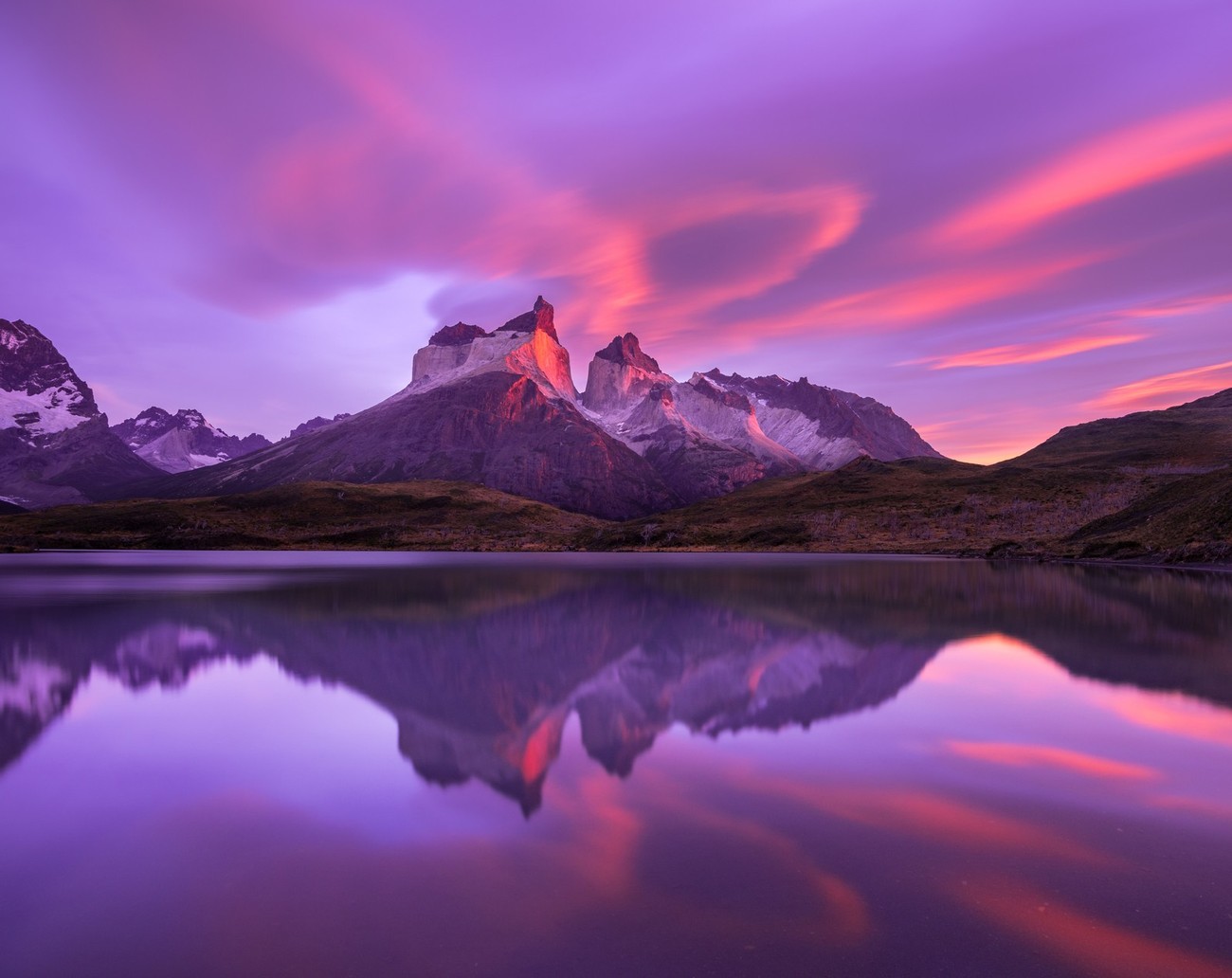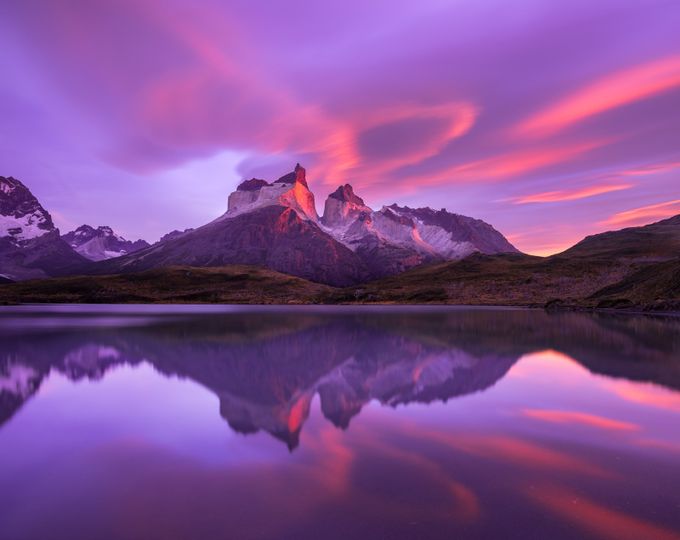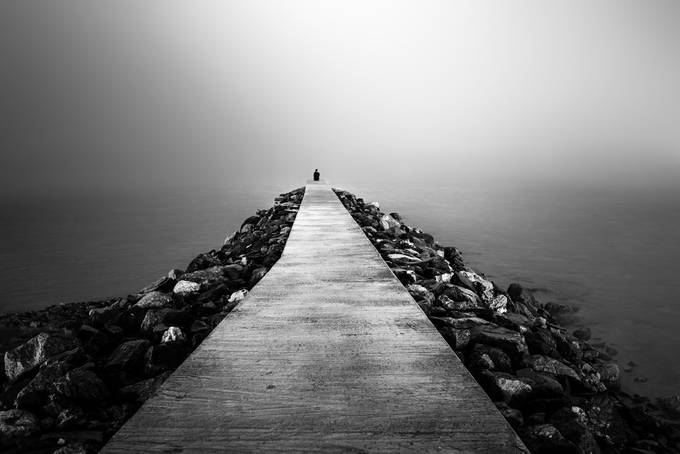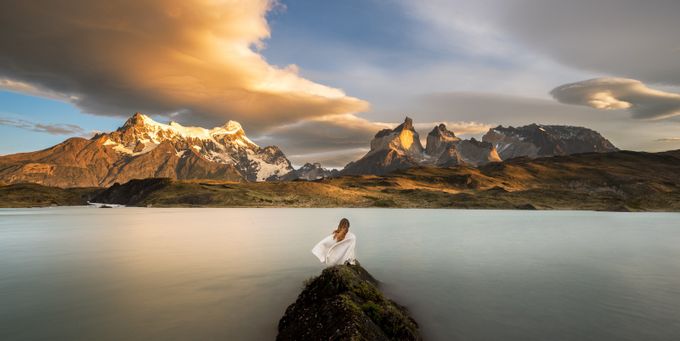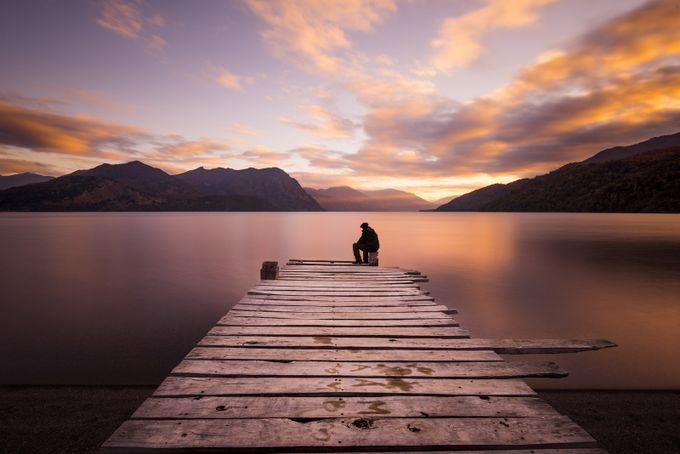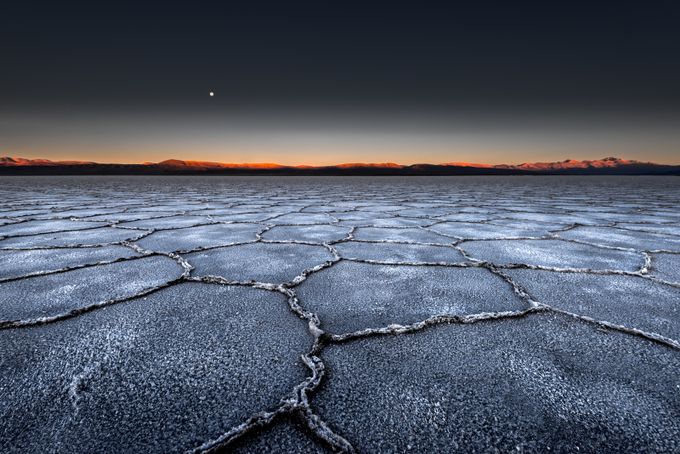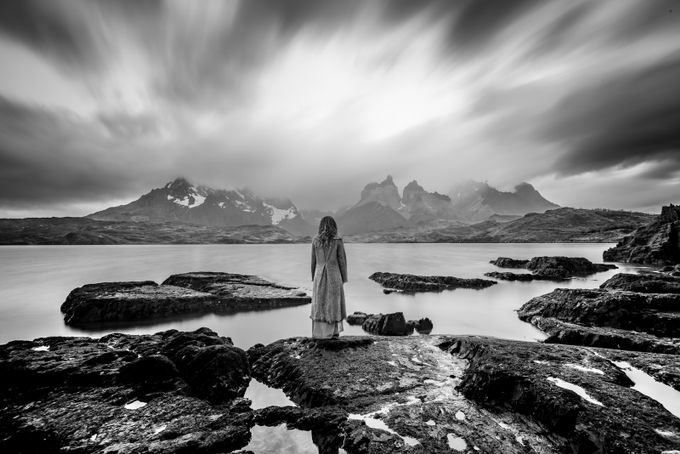ViewBug community member AlejandroFerrand got started with photography after visiting the Grand Canyon and bought a DSLR camera. You don't want to miss this interview, enjoy and learn form your fellow member.
What inspired you to be a photographer?
In 3 words, the Grand Canyon. 4 years ago I bought my first DSLR before a trip to the west coast, just to have better pictures with my friends. After an injury in my left foot I almost couldn’t walk, so we stayed for longer in Las Vegas. Long story short, I gambled at the casino for a couple of nights, got lucky and decide to spend some of the earnings on a helicopter tour to the Grand Canyon. After that, I was fascinated with the immensity of Mother Nature. And that fascination and love have grown on a daily basis since then.
What was your first camera and what do you shoot with today?
My first camera was a Nikon d5100, I bought it in a kit with a 18-55 and a 55-200 kit lenses. After just a couple of months I bought two other lenses: a Nikon 16-85 and a sigma 10-20, since then I’ve shot mostly with wide angle lenses.
Today I shoot with a Nikon D810 normally with a 16-35 f4 Nikon lens and a set of Lee filters + a Heliopan CPL. I also carry a second body, a Nikon D800 with a 70-200 f4 (mainly due to weight performance vs f2.8 model). I carry two extra wide lenses for night photography, a 14mm rokinon and a nikon 20mm, the latter also produces an amazing sun star.
When someone looks at your photos, what do you want them to take away from it, what are you trying to communicate?
Ideally I want them to feel a part of what I felt while making the photo. A mood more than anything else… That is when looking at one picture individually. When looking at my portfolio I’d love for them to really see how amazing our planet is. We need to understand how little we are compare to Nature itself, when not surrounded by human creations.
What is it that you love about photography?
There are so many things that I love about photography, but probably the one I love the most is the chance of capturing a moment for eternity and at the same time taking it out of my mind. In addition to that, the science behind photography captivates me as well.
What has photography done for you?
Photography has done a lot of things for me. Basically it saved me from myself. I have a major in Business Economics and by the time I started with photography I was working more than 12 hours a day in a management consulting firm. Photography allowed me to disconnect from the business world and at the same time it connected me with nature in a way I’ve never been connected before.
Do you try to be conceptual or do you prefer to show the feeling behind a photo?
This is hard to define. I try to make each photo with a specific mood. That is my goal. Then that mood contains a bundle of feelings but only a few of them are ‘activated’ when a person looks at the photo. All the past experiences of the spectator influences the way he perceives your image, while I create the mood in the photo, the feelings only exist when someone looks at it.
How do you describe your style?
I’m not sure what ‘style’ means. I’m a nature photographer that frequently uses human figures to give a sense of scale and show the immensity of the world around us. I don’t have a specific style to achieve this.
If you had to choose one lens which one would it be and why?
Nikon 16-35 f/4 definitely. I love this zoom range. While I miss the extra 2 mm on the wide side, I manage to make all the shots and at the same time is super versatile. Ideally I would love it to be sharper in the corners but with the D810 they make a great combo.
What are your 3 tips for others who want to become better photographers?
Learn the technical part of photography before starting to think about your creativity. This might not be super sexy, but it will make your life simpler. The sooner you know your components and the theory behind what you are doing, the faster you will be able to stop paying attention to it.
Stay true to your own beliefs. The extreme exposure in social media will generate doubts about your photos, while some of this exposure is great, too much can really harm your work. To avoid this pressure, pre-visualize the final photo in every scene, even when you think that it will last only a few seconds. And remember, some photos only stand out when printed and not in a screen. Equipment is important and mainly accessories. Don’t underestimate the importance of a sturdy tripod, rain covers and a good polarizer, those things cannot be compensated in post.
Have you received negative feedback from your work? What did you do about it?
I don’t believe negative feedback even exists. All feedback is positive, and the one that points out something bad (or that can be improved) in your work is probably the most useful for me. I have had a lot of this kind of feedback, as I constantly encourage people to be super critical when reviewing my photos. I take it into account and try to do better the next time.
Where did you learn to take photos?
I learned on my own. Actually that is not completely true. I learned from the internet, which basically means from all of you. I’ve seen and read tutorials (free and paid ones), talked to a lot of professional photographers that helped me along the way. Also I read almost 30 photography books that helped me to find my inspiration.
Raw vs jpg and why?
Definitely Raw. As I mentioned before, I’m really into the technical part of photography. Raw means more information saved in your file and therefore more opportunities to communicate your vision more accurately.
What do you carry in your camera bag?
First of all, my bag is important to me. I use a Tamrac expedition 8x for long trips. In it, I have two bodies: Nikon D810 and D800, and 6 lenses: Nikon 16-35 f/4, 70-200 f/4, 20 f/1.8, 50 f/1.8, 200-500 f/5.6 and a rokinon 14 f/2.8. My accessories are: a Gitzo tripod with a RRS ball head, 2 ND grad Lee filters and two ND Lee filters, a Heliopan CPL, a remote shutter and a flashlight. While I might not carry everything to every trip, my essentials are: D810, 16-35, 70-200 and the tripod.
If you could have the gift of a great photographer who would it be and why?
Ansel Adams, definitely. Might sound like a cliché but I admire him not only for his work but also for his contribution to the science of photography. He explained as simple as possible the fundamentals behind a photo, it was photoshop more than 50 years before photoshop. I also admire his patience to write down every single spec while shooting and to develop each photo over and over, year after year.
What is the most common mistake you see people making when shooting these days?
Today, taking a decent snapshot is super easy. That is both the best and worst thing of digital photography. I’ve seen many ‘serious enthusiasts’ that make terrible mistakes on the technical side (overexposed skies, bad focus, poor framing, bad post-processing etc.) while investing a lot of time and resources in travelling to amazing locations all around the world. I would strongly recommend to first learn the theory of photography and light, then understand the basics of composition and afterwards start investing in travelling to more iconic locations. You can practice the basics very near your home and this will allow you to make faster iterations which lead to a faster learning curve.
What is your dream location to shoot?
From the ones I’ve already shot at, Torres del Paine is by far the most amazing place I’ve ever visited. The amazing pink hues in the morning combined with beautiful lakes and the Cuernos make the perfect scene for photographers. There is also a hidden gem in the north of Patagonia called Lanin Volcano, where I’m currently leading a workshop.
I’d love to shoot in Yosemite, just to go to some of the spots where Ansel Adams made some of his photos and try to understand him a little bit more. What he felt there and why he loved that place so much.
How do you decide on where to shoot a photo?
When I have enough time, I visit the location the day before and stay there for a while doing nothing more than just connecting with the landscape. During that time I avoid taking any shot. After that I decide which mood I want to communicate, I plan one or two compositions and leave the place. When I come back to the place to shoot, I arrive at least 30 minutes before to re-check the compositions with the current light and see if I miss something. I also try one or two extra compositions. Finally, I imagine the post processing to get to the final shot, and based on that I choose exposure values, focus and fine-tune framing and composition.
What is next for you? Any planned adventures with your camera?
I recently came back from the northwest of Argentina (Cafayate and Salinas grandes), so first of all I’ll process and publish those shots together with a couple from Torres del Paine that I’m saving for later. Later this year I’ll make my final visit to the Lanin volcano, where I’m leading a photo workshop in May 2017. Then during summer (Jan-March) I’ll probably do some private workshops through Patagonia and visit El Chalten by the end of march, with 4 days of camping in Poincenot to catch some early morning lights hitting Cerro Fitz Roy. Finally, I’ll lead a group of 10 people, still 6 spots left through the landscapes of north Patagonia in May 2017, shooting Lanin volcano and El Tronador, the two main peaks the region.
What is your goal with your photography?
My main goal is to show the beauty of the world around us, and create consciousness about the importance of taking care of it. Using human figures to put Nature elements in scale, it is easy to understand how small we are compared to Mother Nature and how we are part of this world and belong to it (not the other way around).
I’ve been leading private workshops over the last 2 years around Patagonia (Torres del Paine, Lanin, Tronador, Bariloche), the northwest of Argentina (Salinas and Cafayate) and the coast of Uruguay.
During May 2017, me and Isaias Miciu (a renowned local photographer from San Martin de los Andes), will lead the first collective workshop through the North Patagonia in autumn.
Follow alejandrof777 on ViewBug, visit his Workshop website or Instagram page.


